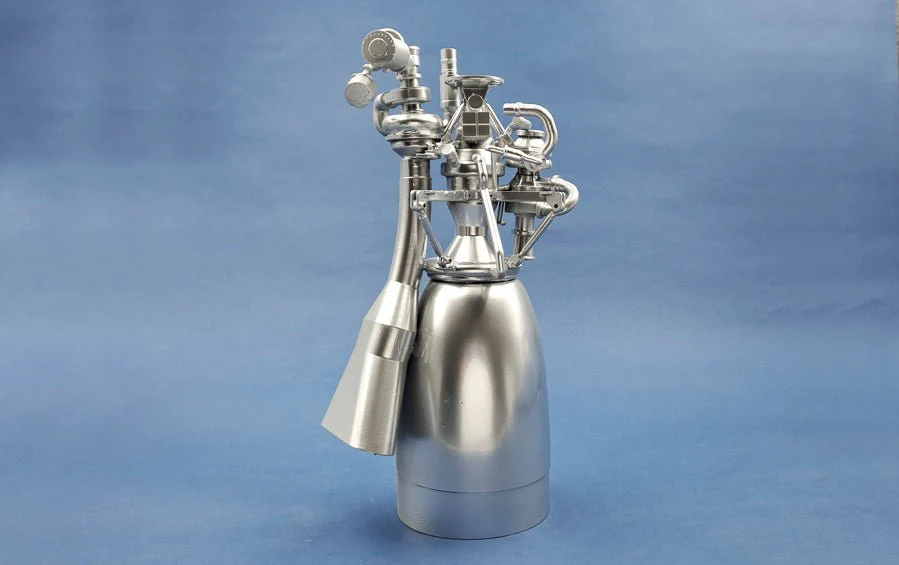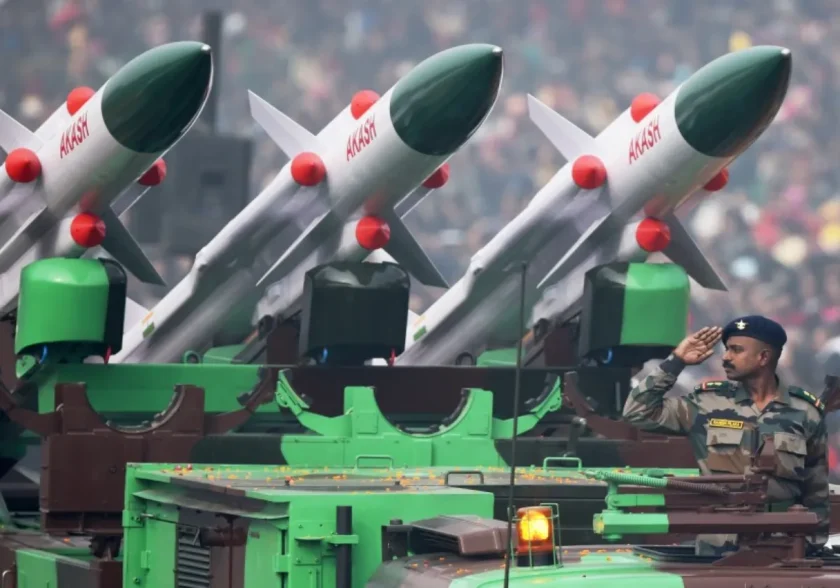New Delhi: In a landmark breakthrough for global cryogenic propulsion, ISRO has successfully demonstrated a bootstrap mode start of its CE-20 cryogenic engine—marking what is believed to be the first such achievement in the world for a gas-generator cycle engine without external start-up assistance.
The CE-20 engine powers the upper stage of the LVM3, India’s most powerful operational launch vehicle. The engine is already certified for flight at thrust levels between 19 and 22 tonnes and has been fully qualified for human spaceflight under the Gaganyaan programme. Under normal conditions, the CE-20 begins ignition using tank head pressure and then initiates turbopumps through a stored-gas start system.
However, future multi-orbit missions require multiple in-space restarts, and each restart currently demands additional start-up hardware. This not only complicates vehicle architecture but also reduces payload capacity.
To overcome this limitation, ISRO has been working toward enabling bootstrap mode start, in which the engine transitions to full operation entirely on its own, without relying on separate gas bottles or auxiliary ignition systems.
This capability was successfully demonstrated on 7 November 2025 during a vacuum test at the High-Altitude Test (HAT) facility at the ISRO Propulsion Complex, Mahendragiri. The trial lasted 10 seconds.

For the test, engineers integrated multi-element igniters in both the thrust chamber and the gas generator. After the thrust chamber was ignited under tank head conditions, the gas generator was fired, allowing the turbopumps to spin up without the traditional start-up system. The engine then progressed smoothly into bootstrap mode and maintained stable operation.
The accomplishment marks a major step toward enhancing India’s capability for mission flexibility, especially for LVM3 missions involving multi-orbit payload deployment, deep-space trajectories, and complex manoeuvres.
ISRO officials have hailed the successful test as a critical milestone that strengthens the nation’s cryogenic propulsion expertise and paves the way for more advanced upper-stage operations in future missions.





